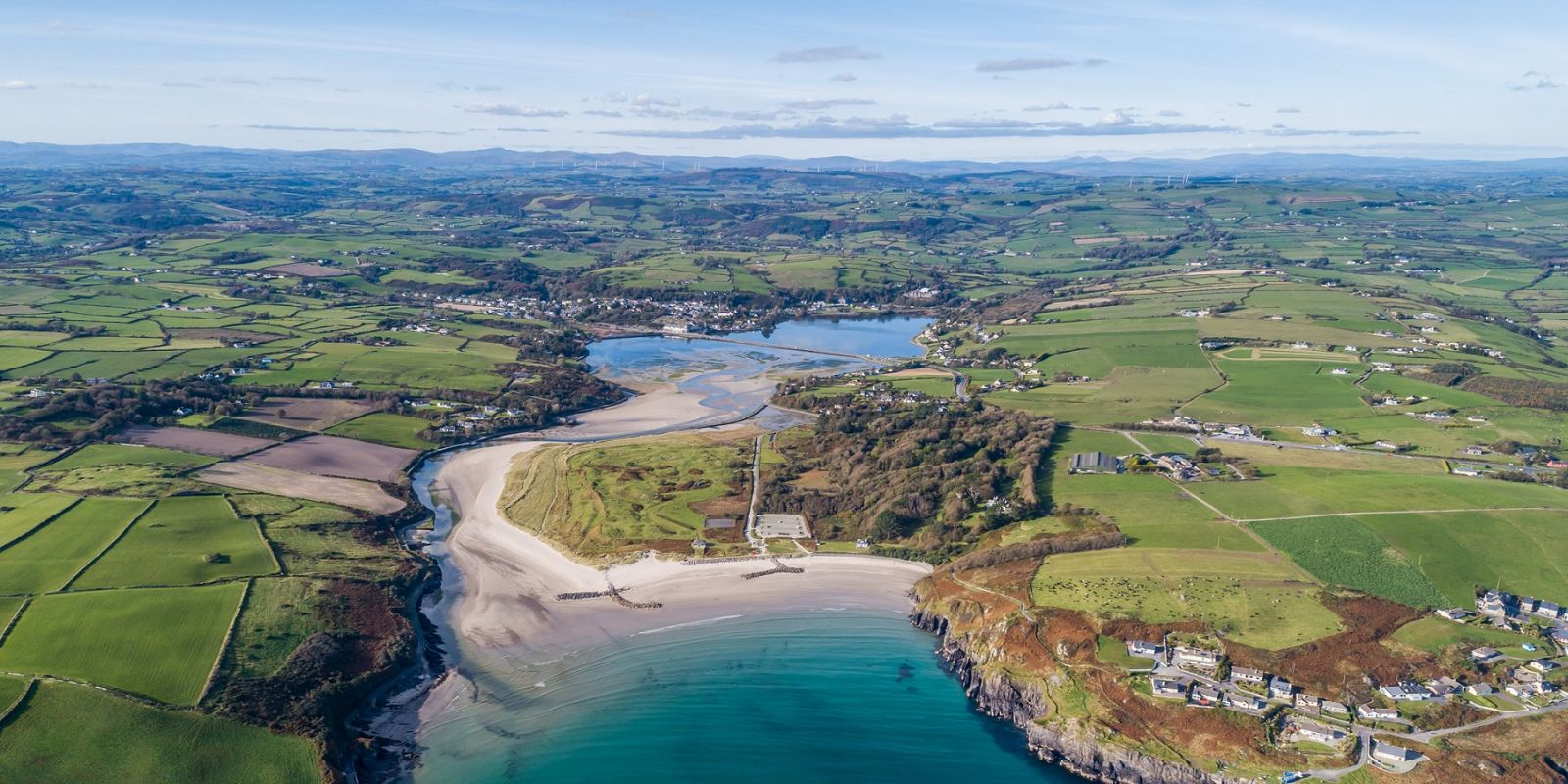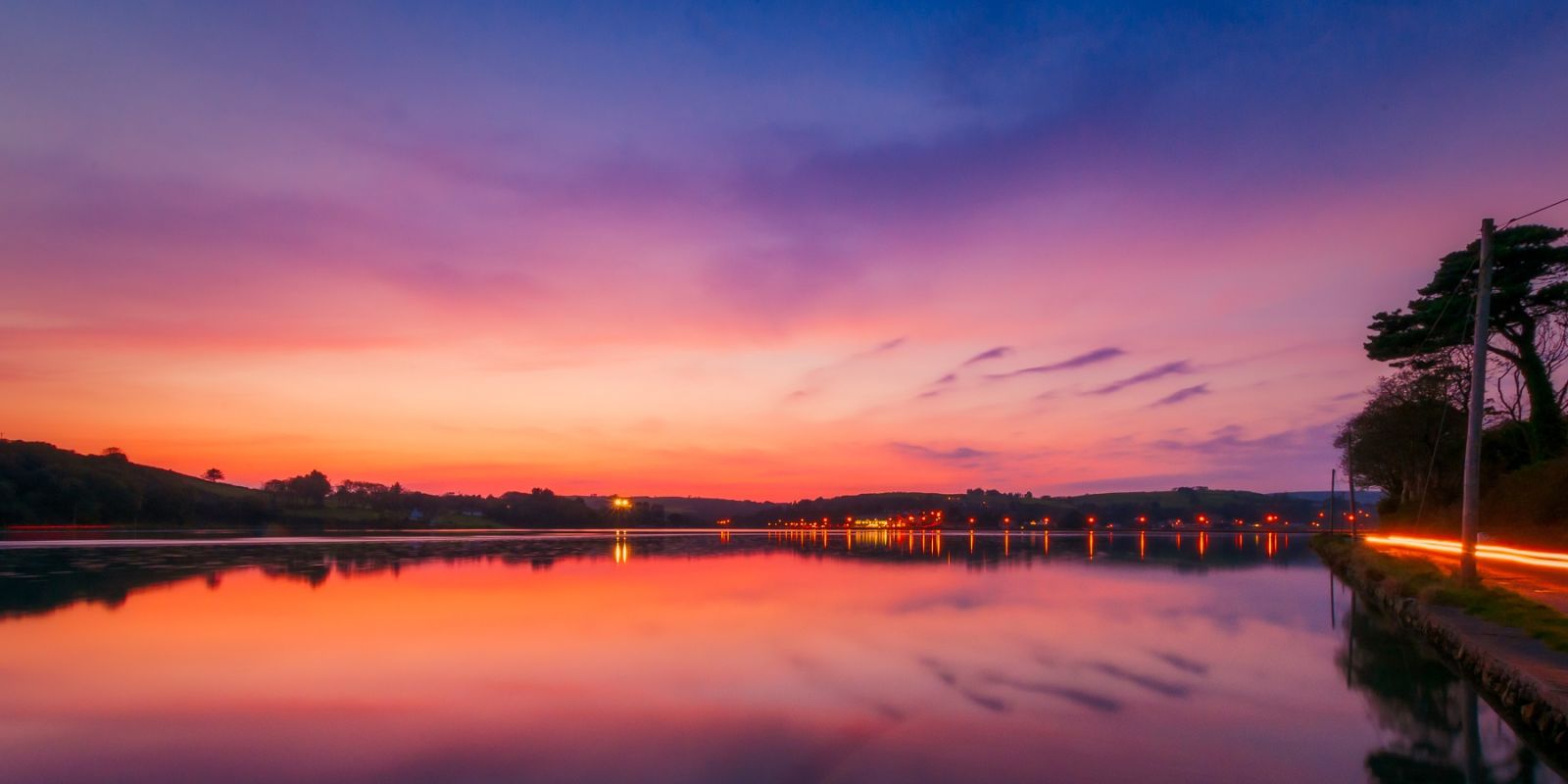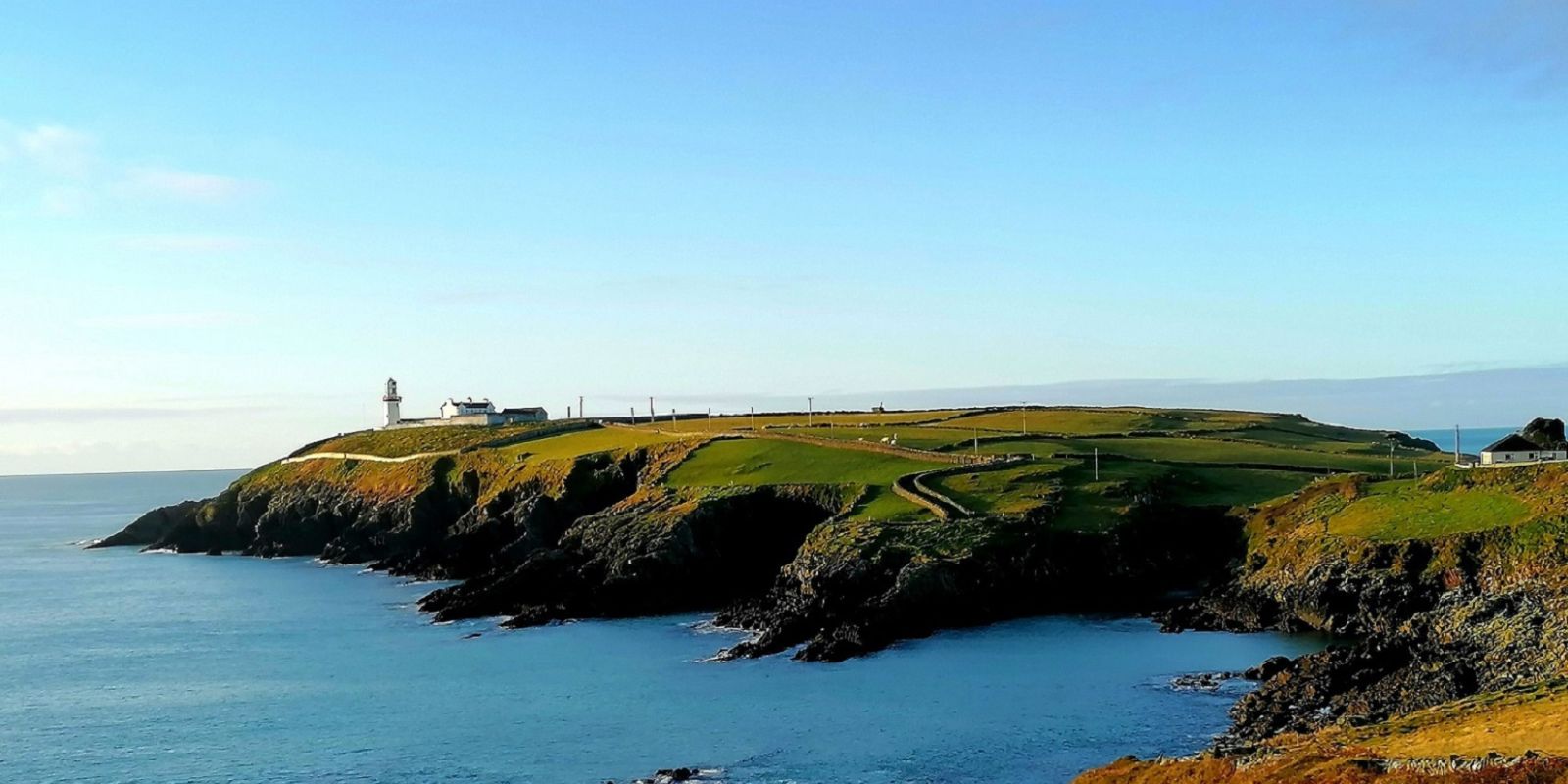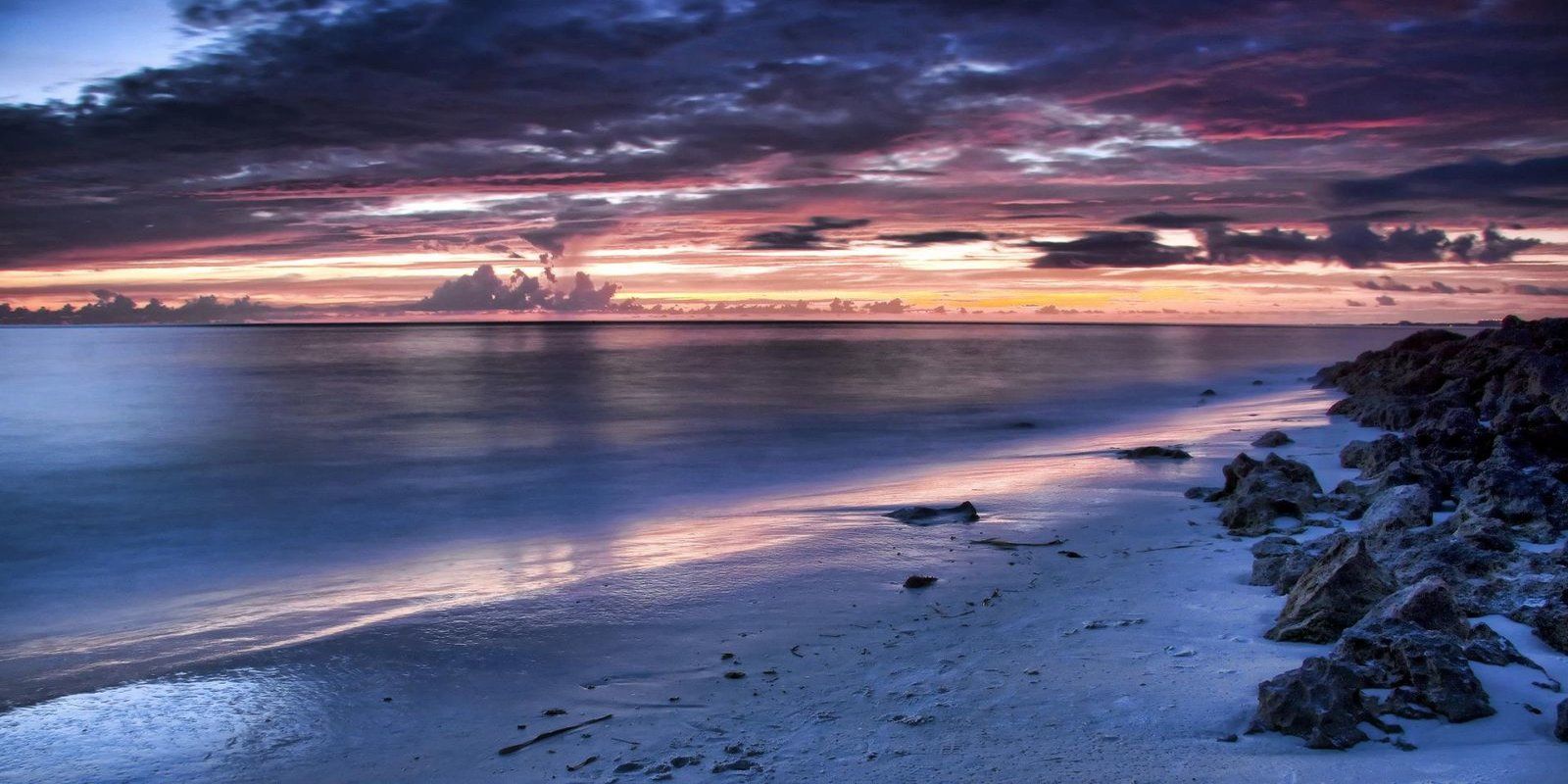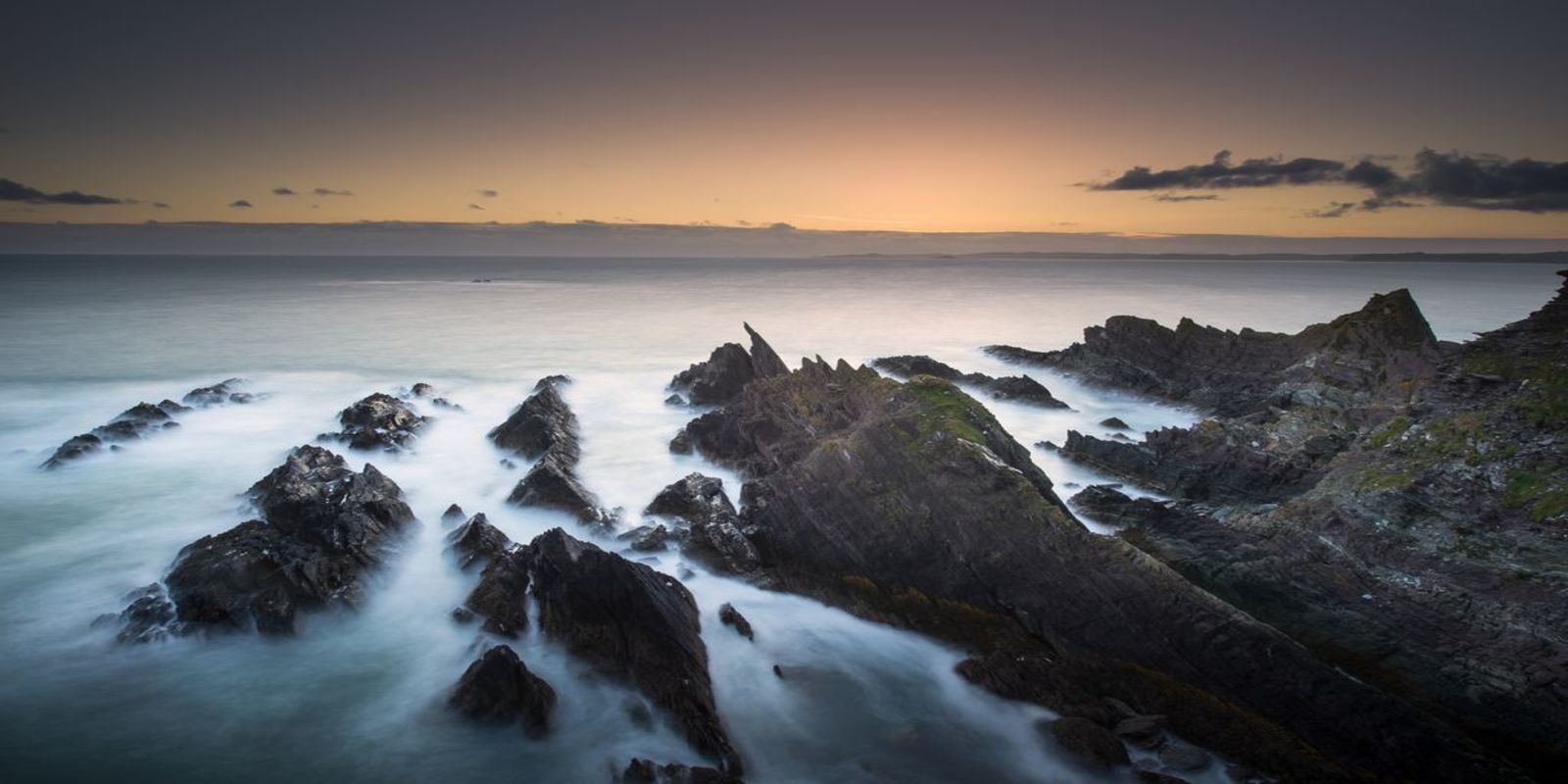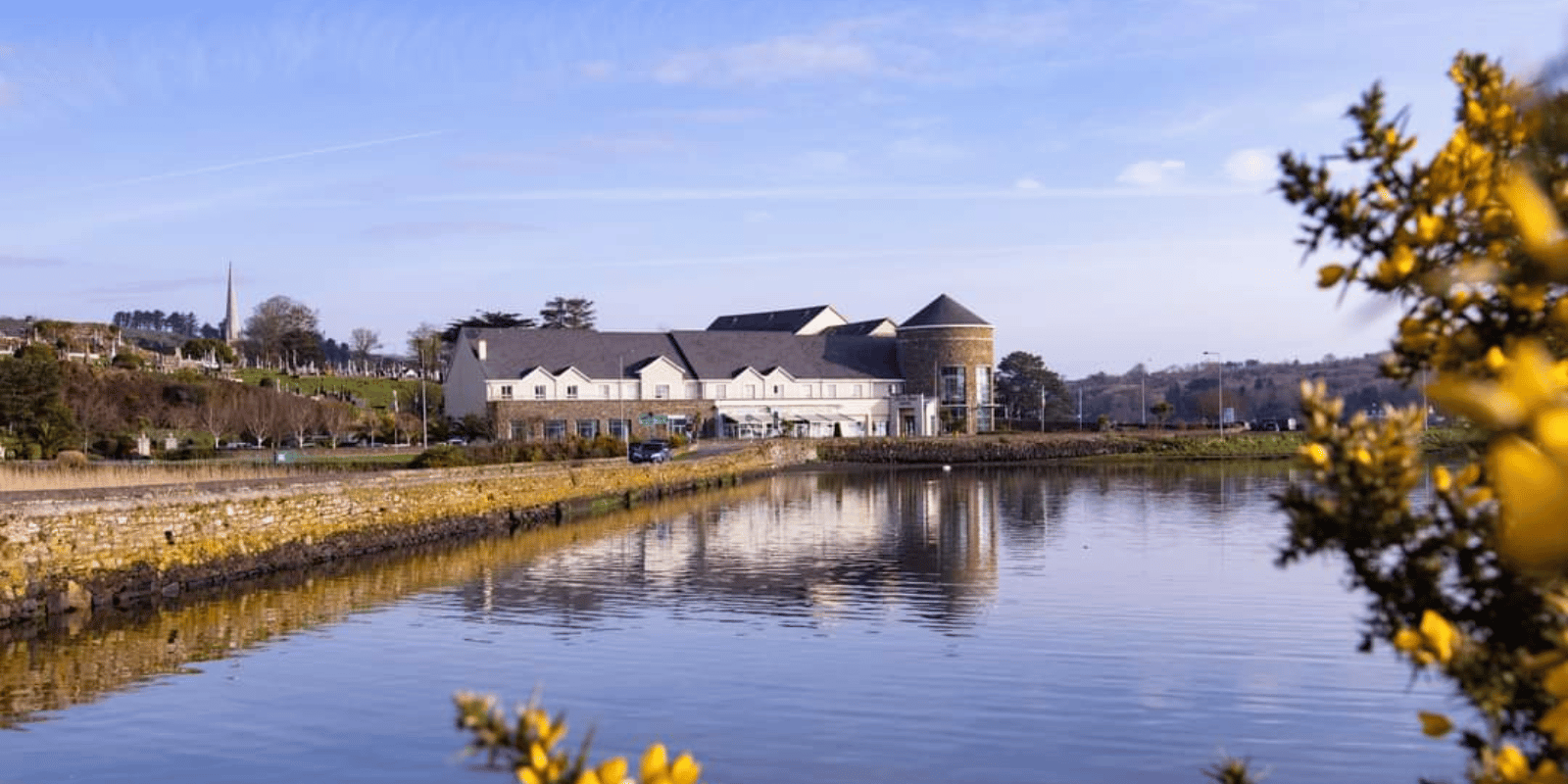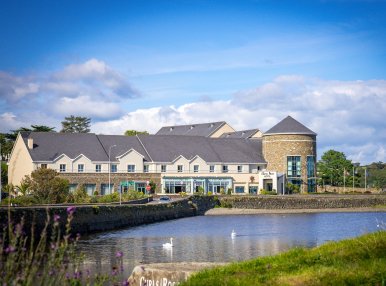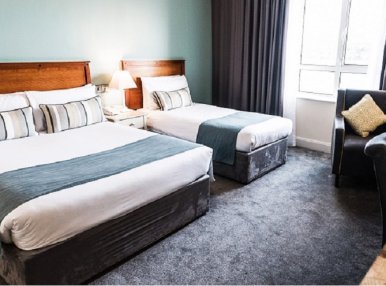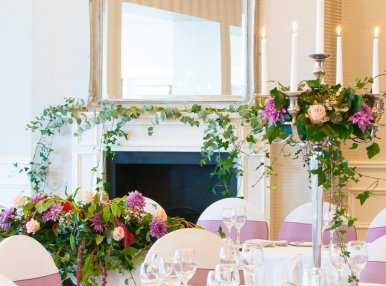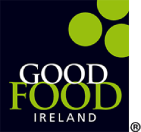Blog
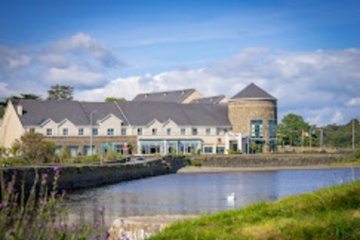
Celebrating 50 Remarkable Years of Hubbert’s in Rosscarbery
25/09/2025 | Celebrating 50 Remarkable Years of Hubbert’s in RosscarberyAt the Celtic Ross Hotel, we are constantly inspired by the people and places that make Rosscarbery such a special community.
read more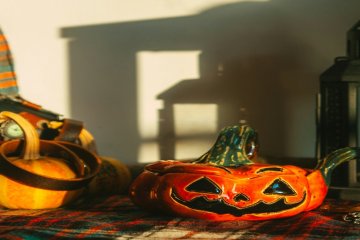
5 Spooky Things to Do in West Cork this Halloween
01/10/2025 | 5 Spooky Things to Do in West Cork this HalloweenHalloween is a magical time of year, filled with spooky fun, family-friendly adventures, and unforgettable memories.
read more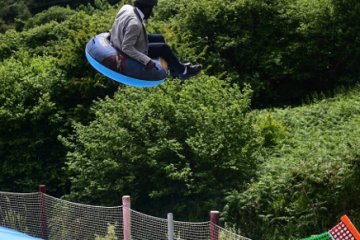
Why Smugglers Cove Is a Must-Visit in Rosscarbery?
24/07/2025 | Why Smugglers Cove Is a Must-Visit in Rosscarbery?West Cork is full of surprises, but few are as charming, fun, and unexpected as Smugglers Cove in Rosscarbery.
read more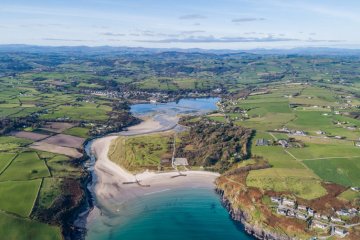
Rosscarbery on Foot: 5 Scenic Walks to Try During Your Stay
14/07/2025 | Rosscarbery on Foot: 5 Scenic Walks to Try During Your StayNestled on the stunning coastline of West Cork, Rosscarbery is a gem for lovers of nature, history, and quiet seaside charm.
read more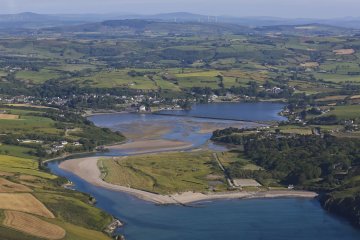
Rosscarbery: Heart of West Cork’s History and Culture
| Rosscarbery: Heart of West Cork’s History and CultureUncover the stories, landscapes, and legends of Rosscarbery West Cork’s hidden gem steeped in history, culture, and breathtaking coastal beauty.
read more
How to Have a Beautiful Beach Wedding on a Budget?
03/03/2025 | How to Have a Beautiful Beach Wedding on a Budget?Dreaming of a beach wedding? Many couples fall in love with the idea of saying “I do” by the sea but assume it’s out of reach.
read more
Romantic Getaways for Couples in West Cork | Celtic Ross Hotels
11/02/2025 | Romantic Getaways for Couples in West Cork | Celtic Ross HotelsDreaming of a romantic escape? West Cork might just be the perfect place for your next getaway.
read more
Celtic Ross Hotel Triumphs at the 2024 Virgin Media Business Gold Medal Awards
22/01/2025 | Celtic Ross Hotel Triumphs at the 2024 Virgin Media Business Gold Medal AwardsWe are thrilled to announce that Celtic Ross Hotel has been honoured at the 2024 Virgin Media Business Gold Medal Awards!
read more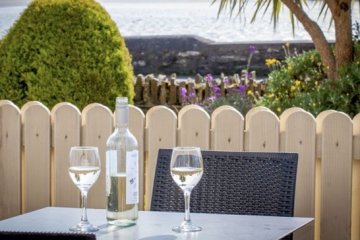
Relaxing Staycation Spring Break in West Cork
11/04/2025 | Relaxing Staycation Spring Break in West CorkThe best staycation spots in West Cork for a relaxing spring break. Plan your peaceful getaway with top tips and local highlights.
read more
Magic of Jingle Bell Junction: A Festive Wonderland in Rosscarbery
29/11/2024 | Magic of Jingle Bell Junction: A Festive Wonderland in RosscarberyAs the holiday season draws near, the charming town of Rosscarbery transforms into a beacon of festive cheer.
read more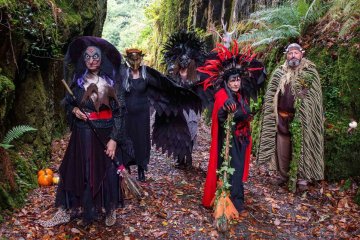
Halloween Fun: Experience the Magic of the Leap Scarecrow Festival in Cork
| Halloween Fun: Experience the Magic of the Leap Scarecrow Festival in CorkIf you're looking for an unforgettable Halloween in Cork, the Leap Scarecrow Festival is the perfect place to be.
read more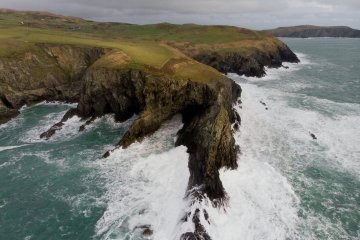
Things to Do in Mizen Head: Scenic Views & Coastal Walks in West Cork
| Things to Do in Mizen Head: Scenic Views & Coastal Walks in West CorkMizen Head’s scenic views and coastal walks. Discover top things to do at Ireland’s Wild Atlantic Way, from the Signal Station to Barley cove Beach.
read more
Green Weddings @ The Celtic Ross Hotel
| Green Weddings @ The Celtic Ross Hotel🌿💍 Proud to join Clonakilty's Waste Not Want Not initiative to reduce food waste. Seasonal, local, and sustainable Your big day with a small impact!
read more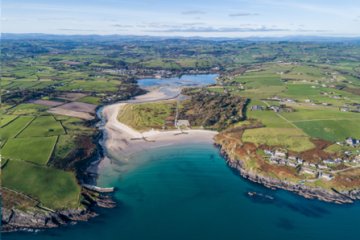
West Cork Activities
| West Cork ActivitiesNestled along the wild Atlantic way in the coastal village of Rosscarbery, The Celtic Ross Hotel is a host to stunning coastal scenery, historical sites, and a wide range of family activities alike. The picturesque village of Rosscarbery exudes a laid-back and welcoming atmosphere. Where visitors can immerse themselves in the local culture, enjoy traditional Irish hospitality, and explore the village's charming streets.
read more
Giftmas at Celtic Ross Hotel
06/12/2023 | Giftmas at Celtic Ross HotelOur Giftmas Guide has something for everyone this Christmas. Give the Gift of West Cork Memories!
read more
Hot 100 Best Hotels in Ireland for 2023
27/10/2023 | Hot 100 Best Hotels in Ireland for 2023We are beyond grateful to have been listed in the Irish Independent Hot 100 Hotels in 2023! We are so proud of our amazing team and thankful to Pól O’ Conghaile for listing us. Thank you to every guest who have passed through our doors in 2023 and had the experience of exploring Rosscarbery. Thank you for giving us the opportunity to showcase all that the Celtic Ross has to offer when staying and exploring West Cork.
read more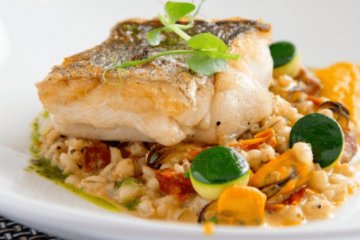
Grilled Herb Crust Hake
13/09/2023 | Grilled Herb Crust HakeHaving recently joined the team at Celtic Ross newly appointed Executive Chef, shares one of his signature recipes from the sea.
read more
Sports Star Awards
26/07/2023 | Sports Star AwardsThis is the 26th Year of the West Cork Sports Star Awards. Each year we are amazed by the outstanding sports people we meet here....
read more
Celtic Ross Hotel Sustainability Actions – the story so far
| Celtic Ross Hotel Sustainability Actions – the story so farThe team at Celtic Ross Hotel, are passionate about our commitment to ensuring that daily operations at the hotel become more sustainable.
read more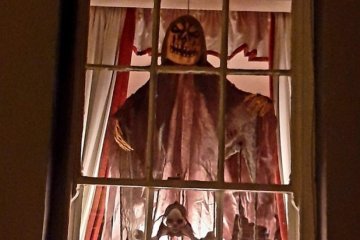
West Cork Halloween
| West Cork HalloweenWith families looking forward to the school break and getting away from it all this November - West Cork this Halloween is full of spooky activities for all ages.
read more
Celtic Ross Hotel in Rosscarbery, West Cork have announced their four star rating
| Celtic Ross Hotel in Rosscarbery, West Cork have announced their four star ratingCeltic Ross Hotel announces Failte Ireland Four Star rating
read more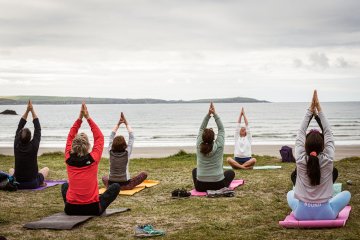
West Cork Retreat by the Sea
| West Cork Retreat by the SeaNourishment for the mind, body, and soul in magical West Cork with Lena O’Driscoll and Jessica Kennedy, hosted by Celtic Ross Hotel.
read more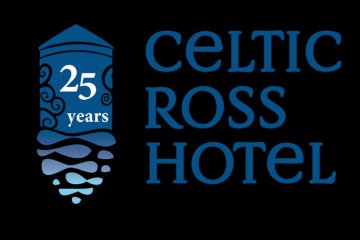
Celtic Ross Celebrates 25years of Service to Rosscarbery and Beyond
| Celtic Ross Celebrates 25years of Service to Rosscarbery and BeyondToday marks a very special occasion in our calendar here at Celtic Ross. The hotel opened its doors for business on March 11th 1997, meaning that today we celebrate our 25th year in business.
read more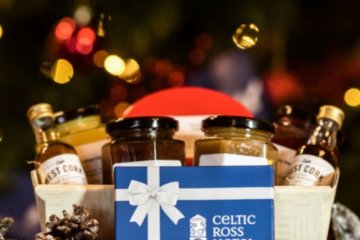
Christmas Gifts
25/11/2021 | Christmas GiftsAs we approach the festive season - that much loved time of the year when we think of family and friends, why not treat your loved ones to the gift of West Cork memories this Christmas.
read more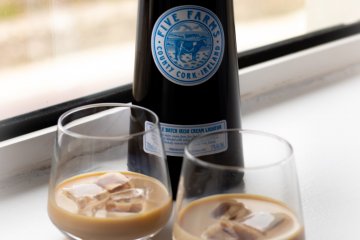
Five Farms Irish Cream Liqueur Fudge
| Five Farms Irish Cream Liqueur FudgeWhen we think of festive food one of the first words which comes to mind is indulgence. There is nothing nicer than that guilt free second helping of Christmas pudding or a sneaky mince pie, just because …...it’s Christmas. In the lead up to Christmas the Celtic Ross kitchen team have been creating the most deliciously sweet treats for our guests to savour. In keeping with the hotel ethos of supporting all that is local here in West Cork we thought we might share one of our favourites, an indulgent fudge recipe made using Five Farms Irish Cream Liqueur for you to try at home. Before we get working on the recipe, just to give a little background on Five Farms. Five Farms is a true farm to table product, crafted from single batches of fresh cream that are combined with premium Irish Whiskey within 48 hours of collection to become authentic Irish Cream Liqueur. The cream is sourced entirely from five family-owned farms in County Cork, run by families that have a deep connection to the land and a passion for their craft. You can see why we enjoy this West Cork twist on fudge which makes a lovely after dinner treat or handmade gift if you are visiting family this Christmas.
read more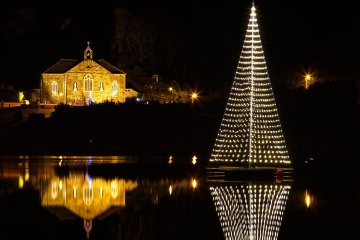
Christmas In West Cork
| Christmas In West CorkWe may be slightly biased in this matter, however, the team at Celtic Ross believes that there is no nicer place to spend Christmas in Cork than Rosscarbery.
read more
Festive Cocktails Recipe
| Festive Cocktails RecipeThis festive season the Food and Beverage team at Celtic Ross Hotel have been working on some delicious winter creations for the cocktail menu at the Kingfisher Bar and Bistro. These carefully crafted winter warmers make the perfect pre dinner tipple or indeed post dinner cocktail, enjoyed in the cosy surrounds of the Library Bar. Given the season that’s in it we though we might share some of these creations for you to try at home. Two of our favourites are the Clover Club cocktail, deliciously sophisticated and a Five Farms Russian which we like to class as a warming taste of West Cork and beyond.
read more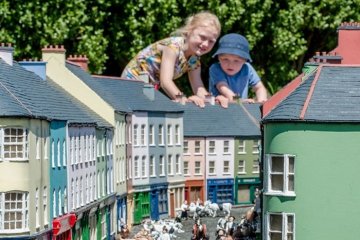
Halloween at Celtic Ross
12/09/2022 | Halloween at Celtic RossWith families looking forward to the school break and getting away from it all this October, we have created a unique opportunity to explore West Cork this Mid- Term. We have teamed up with the Model Railway Village in Clonakilty to deliver a true West Cork experience with something for all the family to enjoy.
read more
Festive Cheesecake Recipe
| Festive Cheesecake RecipeAs the festive season draws closer, the kitchen team at Celtic Ross Hotel in Rosscarbery are busily making Christmas Puddings, homemade beetroot chutney and spiced butterscotch sauce amongst other seasonal treats to make bespoke Christmas hampers. Led by Executive Head Chef Shane Deane the kitchen team share a passion for the local and seasonal ingredients that West Cork has to offer. Up to 40 local food and beverage producers are featured on the hotel menus. With this in mind, Shane is delighted to share a recipe which he created using Clonakilty based, Irish Yoghurts. His spiced mandarin and yogurt cheesecake is a delicious dessert choice which will enhance any Christmas dessert table.
read more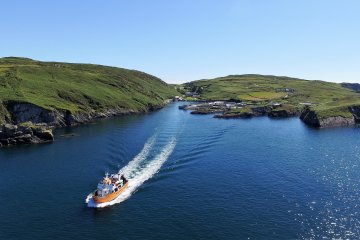
The Ultimate West Cork Itinerary
28/09/2020 | The Ultimate West Cork ItineraryNow that we are in our Autumn season and things start to get quieter. There is still plenty to do in West Cork and so much to fit into a few days away that we have put together an itinerary of what there is to see & do on your Autumn escape. This is based on 3days in West Cork.
read more
How we in the hotel adapted
01/08/2020 | How we in the hotel adaptedLovely Blog post by our receptionist Sylvia talking through how our lock-down went.
read more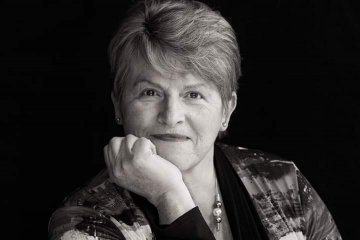
People of Rosscarbery- Catherine O’Sullivan
19/05/2020 | People of Rosscarbery- Catherine O’Sullivan read more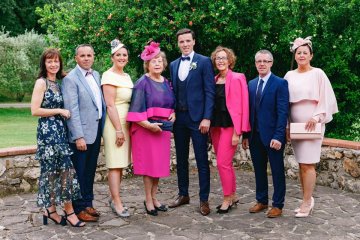
People of Rosscarbery- Kathleen Fitzpatrick
10/05/2020 | People of Rosscarbery- Kathleen Fitzpatrick read more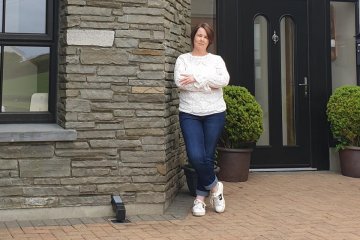
People of Rosscarbery- Sinéad and Dan Barry
01/05/2020 | People of Rosscarbery- Sinéad and Dan Barry read more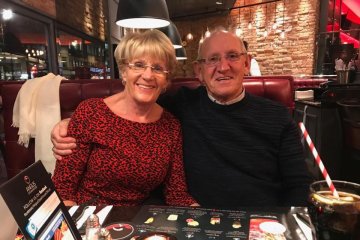
People of Rosscarbery - Margaret and Jim O’Connell
28/04/2020 | People of Rosscarbery - Margaret and Jim O’Connell read more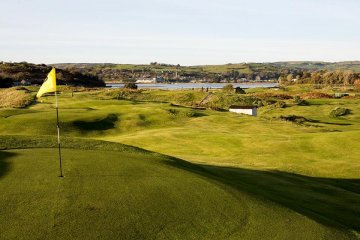
People of Rosscarbery- Rosscarbery Pitch And Putt Club
27/04/2020 | People of Rosscarbery- Rosscarbery Pitch And Putt Club read more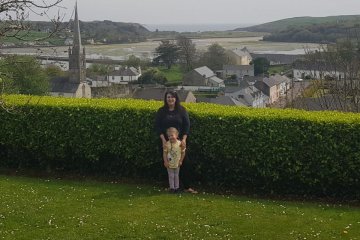
People of Rosscarbery- Kate Wycherley
25/04/2020 | People of Rosscarbery- Kate Wycherley read more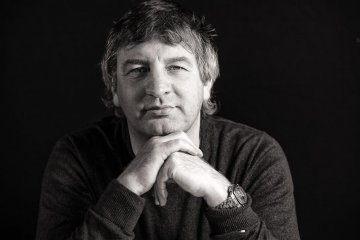
People of Rosscarbery- Geoff Wycherley
23/04/2020 | People of Rosscarbery- Geoff Wycherley read more
People of Rosscarbery- Sinéad Fitzpatrick
22/04/2020 | People of Rosscarbery- Sinéad Fitzpatrick read more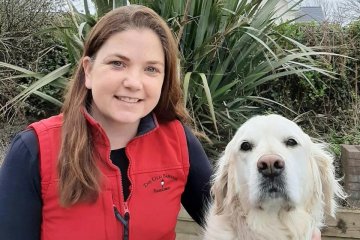
People of Rosscarbery- Gail Butler and her trusted boss/sidekick Holly
21/04/2020 | People of Rosscarbery- Gail Butler and her trusted boss/sidekick Holly read more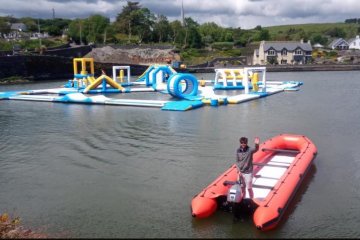
People of Rosscarbery- Paul Melody
20/04/2020 | People of Rosscarbery- Paul Melody read more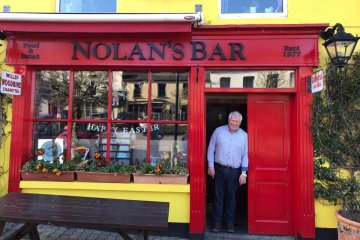
People of Rosscarbery- Denis Nolan
19/04/2020 | People of Rosscarbery- Denis Nolan read more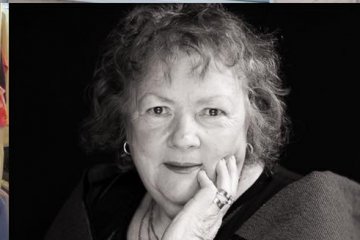
People of Rosscarbery- Nora Hubbert
18/04/2020 | People of Rosscarbery- Nora Hubbert read more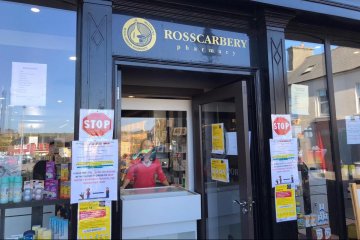
People of Rosscarbery- Noelle Madden
17/04/2020 | People of Rosscarbery- Noelle Madden read more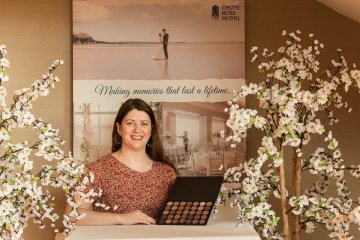
People of Rosscarbery- Rebecca Connolly
16/04/2020 | People of Rosscarbery- Rebecca Connolly read more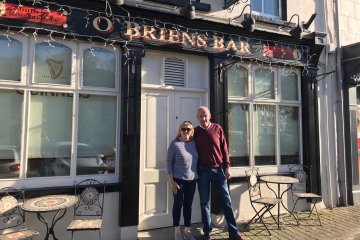
People of Rosscarbery- Pascal and Mary Rose of O’Brien’s Bar
15/04/2020 | People of Rosscarbery- Pascal and Mary Rose of O’Brien’s Bar read more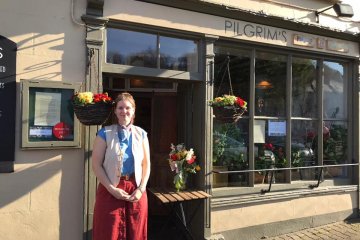
People of Rosscarbery- Sadie Pearce & Mark Jennings
14/04/2020 | People of Rosscarbery- Sadie Pearce & Mark Jennings read more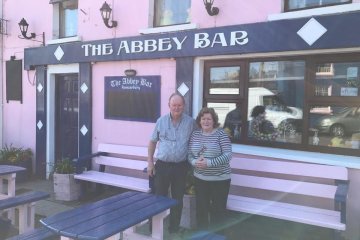
People of Rosscarbery- Sean and Betty O’Donovan of the Abbey Bar
13/04/2020 | People of Rosscarbery- Sean and Betty O’Donovan of the Abbey Bar read more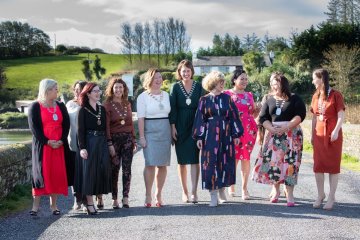
Network Ireland National Conference and Awards 2019
09/10/2019 | Network Ireland National Conference and Awards 2019A sunny end of September day saw Network Ireland bring its National Conference and Awards to the Celtic Ross. Our team was more than delighted to play host to the 250 professional business women and leaders who descended on West Cork for the annual conference and gala dinner.
read more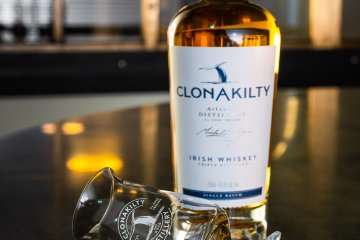
Clonakilty Whiskey Pairing Dinner
| Clonakilty Whiskey Pairing DinnerOn 11th October, the Celtic Ross hotel will host a whiskey paring evening in collaboration with the indigenous Clonakilty Distillery.
read more
Taste of West Cork Afternoon Tea
03/09/2019 | Taste of West Cork Afternoon TeaAutumn is a season known for producing some of the best flavours of Ireland. Come explore them this September as we toast the return of A Taste of West Cork Food Festival.
read more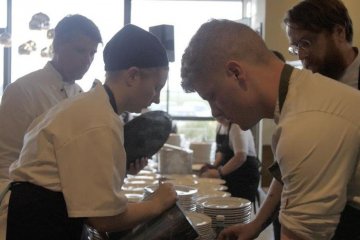
Empowerment with Chef Collab
13/08/2019 | Empowerment with Chef CollabOur chef Eoghan O'Flynn, the Cobh native, who cut his teeth at the five-star Hayfield Manor where he also worked under Kingfisher Head Chef Shane Deane, was recently one of a handful of up and coming young chefs to be selected to participate in Chad Byrne’s Chef Collab project.
read more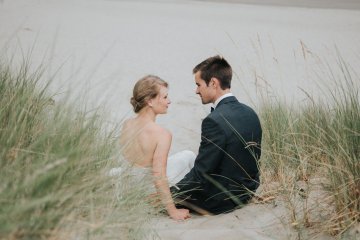
Best Destination Venue
08/08/2019 | Best Destination VenueDelighted to be named 'Best Destination Venue' RSVP Magazine Wedding Awards
read more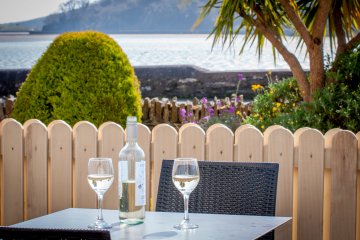
Summer on a Plate
25/07/2019 | Summer on a PlateSummer is in full swing at the Kingfisher Restaurant and Bistro with its new West Cork-themed summer menu and floral cocktail list.
read more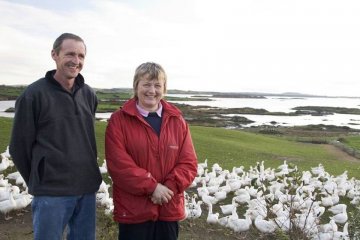
Celtic Ross Food Hero
09/04/2019 | Celtic Ross Food HeroHere at the Celtic Ross, local produce is always at the heart of our food philosophy.
read more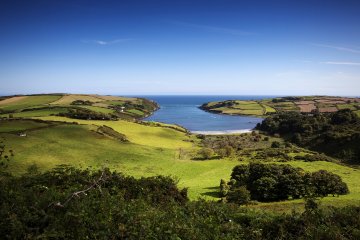
West Cork by Felicity Hayes-McCoy
22/07/2019 | West Cork by Felicity Hayes-McCoyGolden Ireland have just published the first article by best selling author, Felicity Hayes-McCoy on her recent travels in West Cork
read more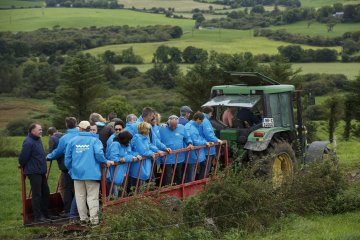
Farm To Fork
08/04/2019 | Farm To ForkOur Farm to Fork Experience is our new and exciting package not to be missed.
read more
Festive Fun
| Festive Fun’s all things festive here at the Celtic Ross and we have lots happening to celebrate this most special time.
read more
Our Taste of West Cork Events 2018
03/09/2018 | Our Taste of West Cork Events 2018West Cork is getting ready to showcase the finest and most delicious foods from Ireland’s best producers and chefs.
read more
Understanding Wedding Dress Colours
24/07/2018 | Understanding Wedding Dress ColoursFor all of you who have recently become engaged, or if you are in the market for a wedding dress, Brides of Eire very kindly have given us some advice to share with you, when it comes to picking your wedding dress colour.
read more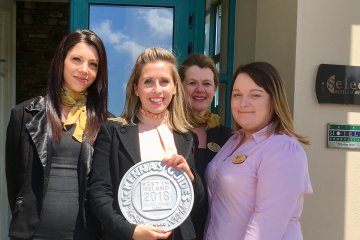
100 Best Places to Stay
| 100 Best Places to StayTo say we were a little bit chuffed when we were recently named one of the “100 Best Places to Stay in Ireland” in John & Sally McKenna’s 2018 annual guide would be an understatement!
read more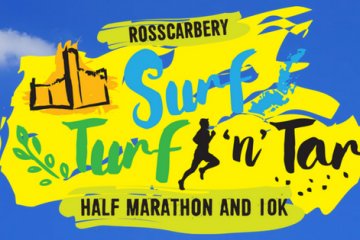
Rosscarbery Surf Turf 'n' Tar
23/04/2018 | Rosscarbery Surf Turf 'n' TarFollowing on from a successful first year of Rosscarbery Surf Turf ‘n’ Tar Half Marathon and 10K race, this year’s event takes place on May 19th at 9am.
read more
Anything for your Wedding Day!
13/03/2018 | Anything for your Wedding Day!When the Beast from the East and Storm Emma decide to play havoc with your Wedding Day, who you gonna call?
read more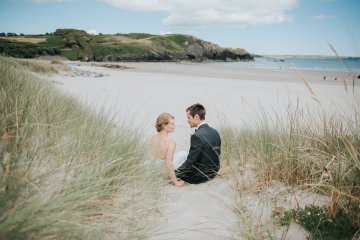
Wedding Showcase
23/02/2018 | Wedding ShowcaseCalling all brides and grooms to be, join us Sunday March 4th between 1pm and 4pm for our Wedding Showcase.
read more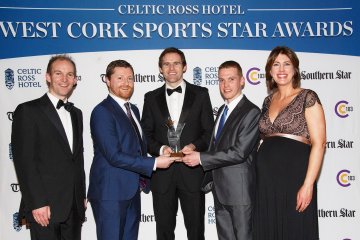
West Cork Sports Awards
26/01/2018 | West Cork Sports AwardsWorld rowing champions are the 2017 Celtic Ross Hotel West Cork Sports Star Award Winners!
read more
Ho Ho Ho...
07/12/2017 | Ho Ho Ho...“Christmas time, mistletoe and wine…” It’s all things festive here at the Celtic
read more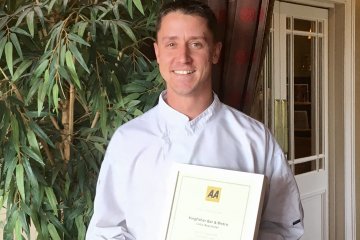

A Taste of West Cork
20/08/2017 | A Taste of West CorkIt's that time of year again when West Cork gets ready to showcase the finest and most delicious foods from Ireland2019s best producers and chefs.
read more
West Cork Sports Stars
03/08/2017 | West Cork Sports StarsIt is almost twenty years since The Celtic Ross Hotel West Cork Sports Star Awards in conjunction with The Southern Star and C103FM were established.
read more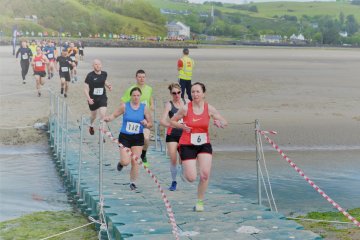
Celebrations
06/06/2017 | CelebrationsThere was plenty to celebrate this May in and around Rosscarbery.
read more
Family Break
| Family BreakMid-term provides the perfect opportunity for lots of family fun, as well as some much-deserved down-time for Mum & Dad!
read more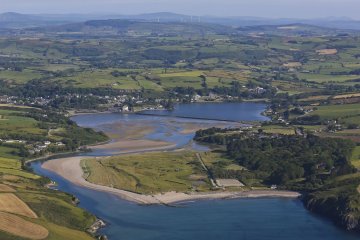
Welcome
17/05/2017 | WelcomeWe would like to welcome you to the first of our new regular blog posts from the Celtic Ross Hotel, Rosscarbery.
read more

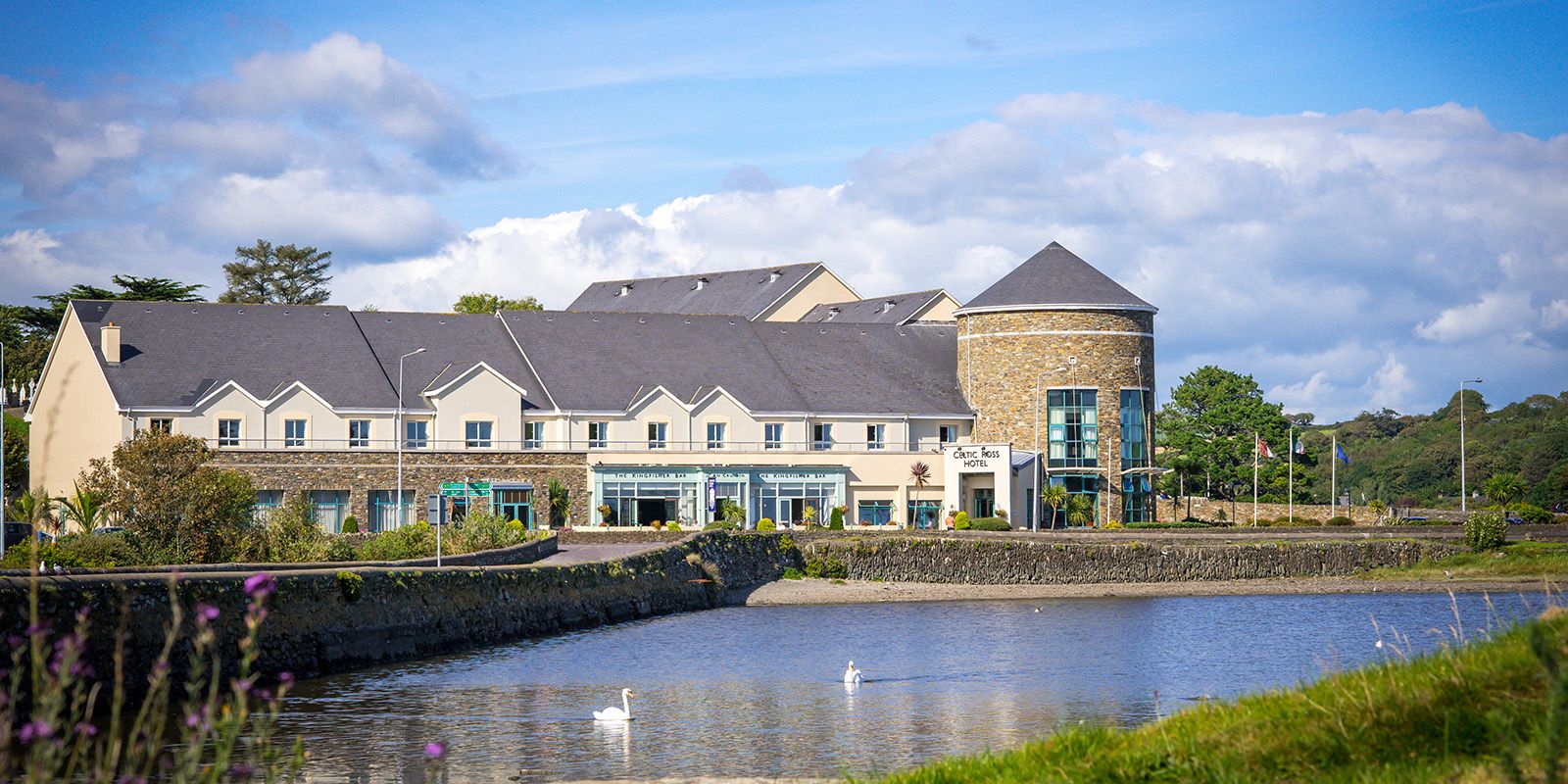
![DSC09418-2 (002)[28]](/cmsGallery/imagerow/9824/resized/1600x800/dsc09418-2_002_28.jpg)
